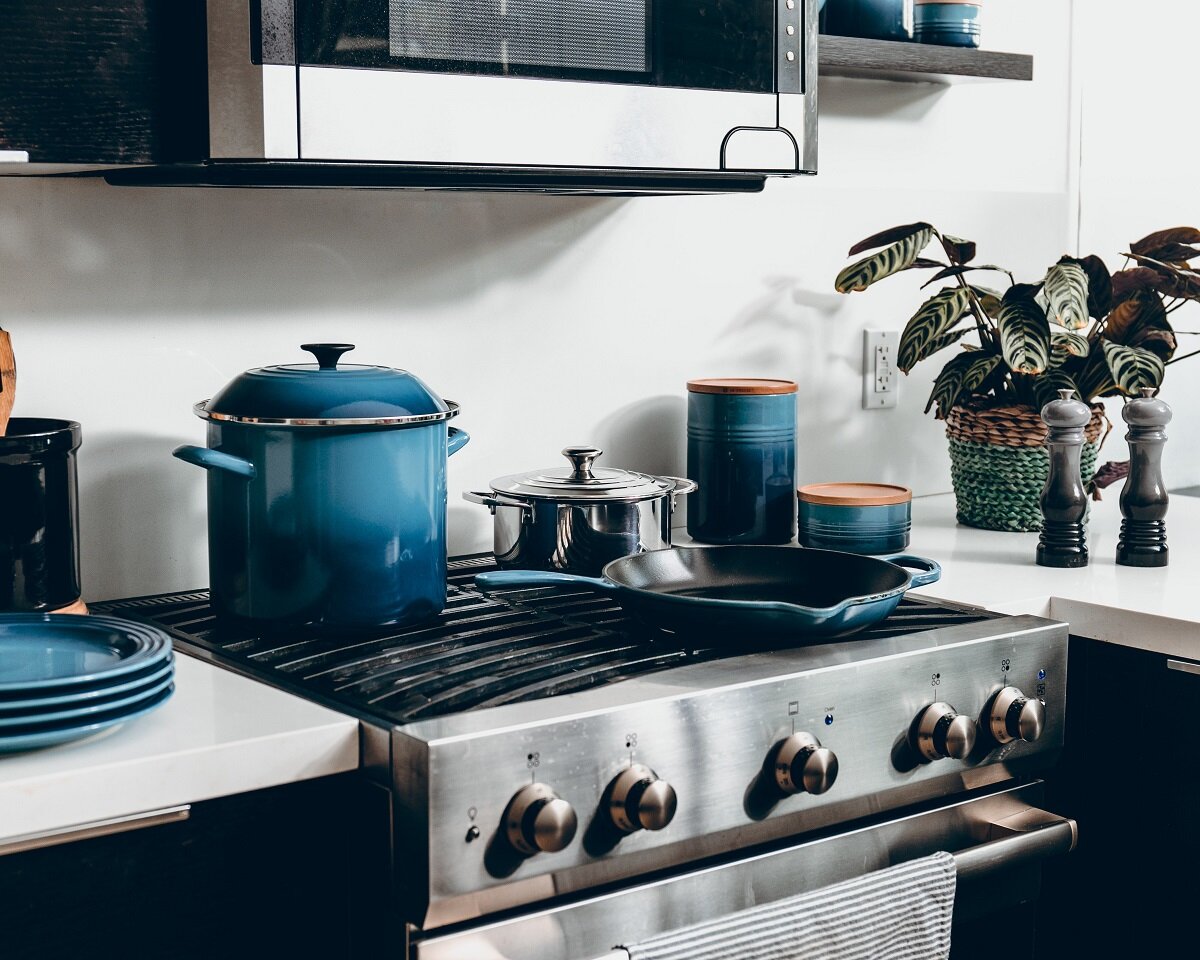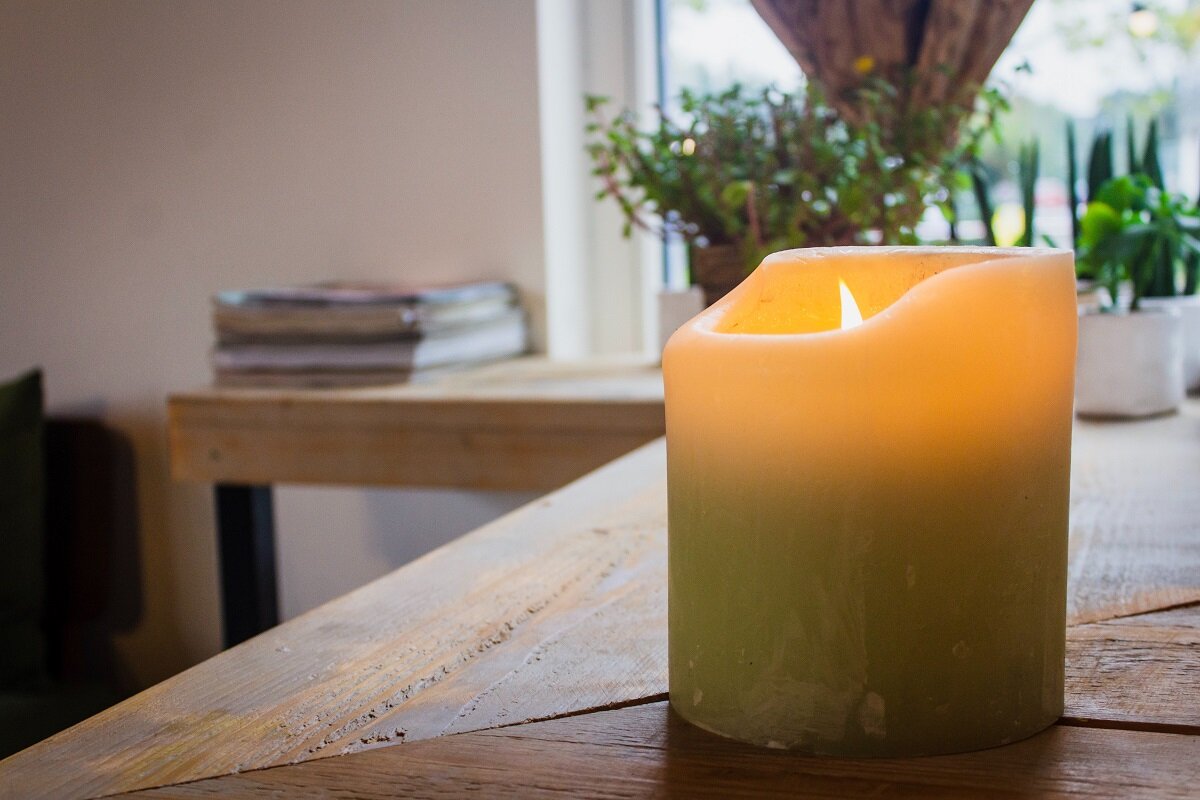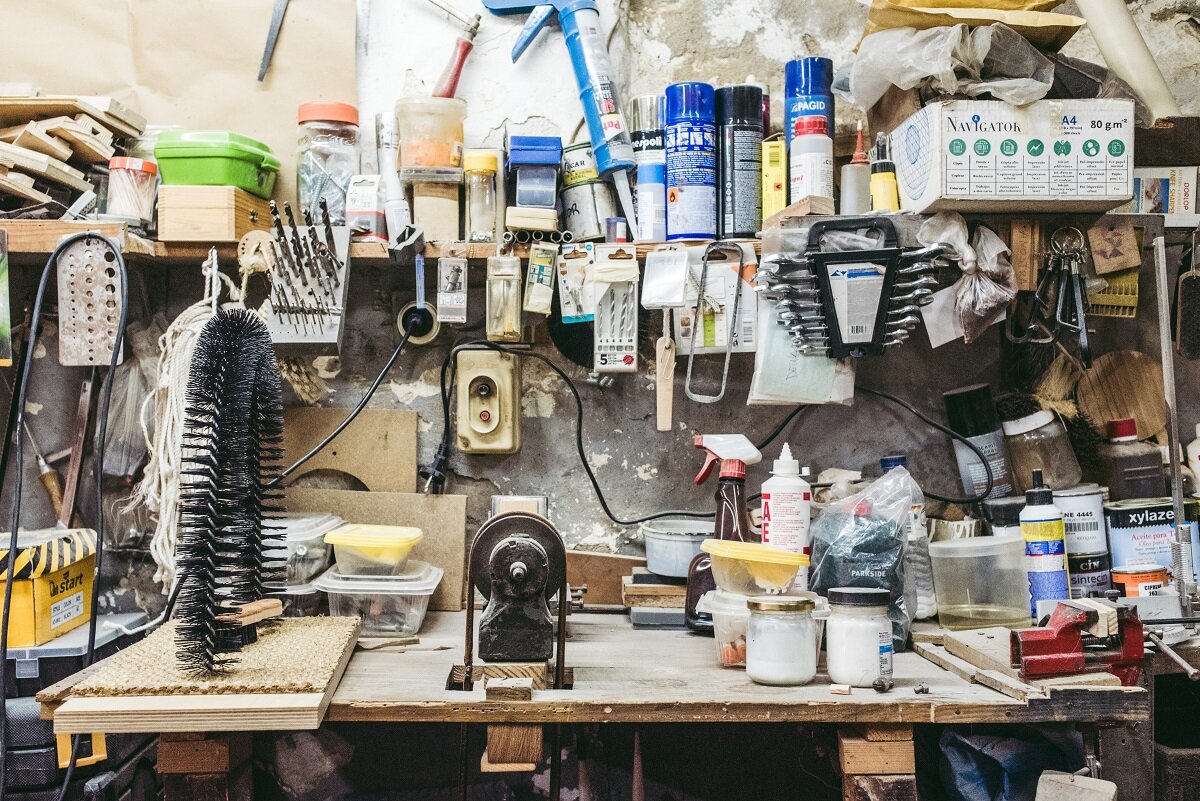April 8, 2020
Household Items You May Not Realize Are Polluting the Air Quality in Your Utah Home

The dangers of outdoor air pollution are quite well known and discussed frequently, but the same attention is not usually given to the risks with indoor air pollution. However, did you know indoor air is often more polluted than outdoor air pollution in Utah?
Many common household items contribute to the in-home air pollution, especially by releasing volatile organic compounds (VOCs) in the air. According to the U.S. National Library of Medicine, exposure to VOCs can cause a variety of health symptoms, such as respiratory and visual problems, headaches, and dizziness. Long term effects can include liver and kidney damage, nervous system issues, and cancer.
These are the top household items you may not realize are polluting the air quality in your Utah home…

1) CLEANING PRODUCTS AND AIR FRESHENERS
Household cleaning products are meant to clean and rid our homes of bacteria and contaminants, so they must be safe to use, right? Unfortunately, this is not always the case. Mixing bleach with other chemicals can lead to harmful VOCs being released into the air. Other chemicals like ammonia are also very toxic to breathe and must be used minimally. While using these cleaners will rid Utah homes of some dirt and irritants, using them can mean that Utah residents are breathing in higher amounts of dangerous VOCs.
Even air freshener sprays can release toxins into the air, especially sprays in aerosol cans. Adverse reactions to these sprays include headaches, eye and throat irritation, and nausea. While your house will definitely smell cleaner with use of these products, the actual quality of the air is likely to decrease with excessive air freshener use.
A resource we love here at Crystal Clean Vents is the House Cleaning Products Guide from the Environmental Working Group. They have a comprehensive list of common household cleaning products that gives each product a grade from “A” to “F” based on what’s safest to use and breathe.
2) PERSONAL AND BEAUTY PRODUCTS
Another type of household item that can pollute the air in your home is personal or beauty products. Many of these items come in aerosol cans, such as hairspray, sunscreen, self-tanning lotions, spray-on deodorants, hair mousse, makeup setting sprays, liquid makeup, shaving cream, and dry shampoo. How many of these products are part of your normal, day-to-day routine? Probably at least a couple!
Any time we use these aerosol products, microscopic particles of potentially harmful chemicals are released into the air in our homes. Especially since many of these products are being applied directly to the skin (and often near our faces), it is especially important to limit our use of aerosol beauty products.
The Environmental Working Group has another great guide rating how safe various personal and beauty products are. We recommend checking out their guide to find out how safe to breathe your favorite products are, and see what alternatives they recommend.

3) GAS STOVE
Are you a Utah resident with a gas stove in your home? If so, it’s important to run the exhaust fan in your kitchen or open a window when you cook on the stove. Gas stoves can cause nitrogen oxide emissions when used, which can be very dangerous (and even fatal) depending on the level of emissions released into the air.
Running an exhaust fan that pulls fresh air from outside or opening a window while you cook on the stove helps ensure that the nitrogen oxide levels in your home don’t become dangerous or harmful.
4) HUMIDIFIERS
Another surprising household item that can decrease the air quality in your home is your humidifier. Especially during the colder, dry months of the year in Utah, humidifier use is common. However, the increased moisture from a humidifier can perpetuate mold growth if the humidifier is in an already moist area or a spot with little ventilation. Mold can worsen allergies in Utah residents, trigger asthma attacks, and cause other discomforts.
To prevent mold growth, humidifiers should not be placed too close to walls, curtains or other large textiles, and low coverings (such as a shelf or cabinet.)
5) AIR DUCTS
When it comes to the air ducts in our homes, a common mindset is “out of sight; out of mind.” Because we don’t see into the air vents in our homes, we often don’t realize how dirty they are. Common irritants and pollutants found in the air ducts of Utah homes are dust, dust mites, mold, dander, and construction debris. Whenever you run the heating or cooling system in your home, these particles are blown through the air, too.
Air duct cleaning is an essential step for Utah homeowners to take to increase the air quality in their homes. Call us today to schedule your free air duct inspection to see if your vents need cleaning.

6) CANDLES
Candles are another seemingly harmless household, yet most candles release VOCs when lit. Scented candles are often made from paraffin wax, which releases carcinogens such as acetone, benzene, and toluene as the wax melts. These candles also release soot, which can cause serious respiratory issues if inhaled, as they burn.
Stick to soy wax candles, and candles that are scented with natural, essential oils to avoid these dangerous toxins.
7) WOOD FOR YOUR FIREPLACE
Burning wood in your fireplace sure feels cozy and smells nice, but the smoke from burning wood can be quite polluting to the air in your home. Burning wood spreads microscopic particles into the air, which can irritate your eyes, lungs, and nose. It can be especially harmful for Utah residents with asthma.
Furthermore, burning wood releases formaldehyde, which is another extremely toxic substance.
Because of this, you’ll want to be careful how often you use your wood-burning fireplace or stove.
Related: How Poor Indoor Air Quality Is Affecting Your Asthma
8) E-CIGARETTE VAPOR
E-cigarettes have become a popular alternative to tobacco products, and many people believe they are safer to smoke because they don’t contain any tobacco. However, e-cigarettes are aerosol products, so they release ultra-fine VOC particles when used. Despite being tobacco free, these products are still full of carcinogens.

9) PAINT
Paint fumes are also full of dangerous VOCs. This means that Utah residents must be careful not only when applying a fresh coat of paint in their homes, but also with cans of paint sitting in their garages. When painting an area in your house, try to wear a mask, stay out of the room as much as possible, and use fans to circulate fresh air into that room.
Don’t forget that spray paint comes in aerosol cans, too. For any home or creative projects that require spray paint, try to use it outdoors only, including outside of your garage, to make sure the fumes don’t pollute the air in your house.
These are some of the most common household items Utah residents have in their homes that can be causing indoor air pollution. The good news is there are many ways we can mitigate exposure to and risks from these products. Being aware of these items and making adjustments to your lifestyle will be a great start in making sure you and your family are breathing clean air in your home!

Leave a Reply